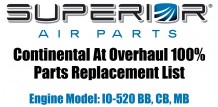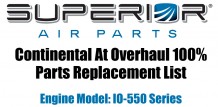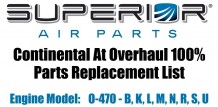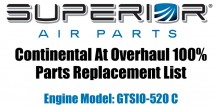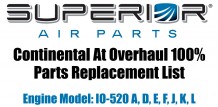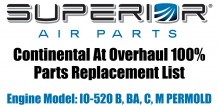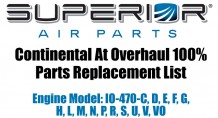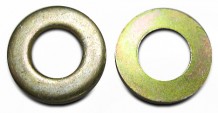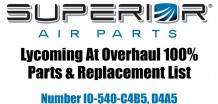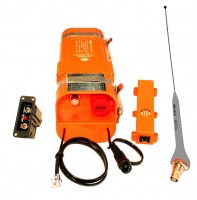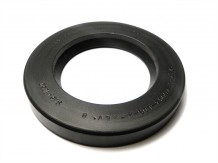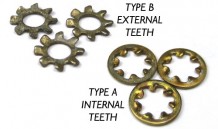U.S. Navy Electronics Training Course - Ebook
MFR Model# 2022-DISC-E
- JUMP TO
- Overview
- Specifications
- Reviews
- Q&A
Overview
|
A 24 module electricity and electronics training course designed by the US Navy, providing an introduction to subjects including Circuit Protection, Control, and Measurement. The Navy Electricity and Electronics Training Series (NEETS) was developed for use by personnel in many electrical- and electronic-related Navy ratings. Written by, and with the advice of, senior technicians in these ratings, this series provides beginners with fundamental electrical and electronic concepts through self-study. The presentation of this series is not oriented to any specific rating structure, but is divided into modules containing related information organized into traditional paths of instruction. The series is designed to give small amounts of information that can be easily digested before advancing further into the more complex material. For a student just becoming acquainted with electricity or electronics, it is highly recommended that the modules be studied in their suggested sequence. |
WARNING: Cancer and Reproductive Harm - www.P65Warnings.ca.gov. |
Specifications
- File Type: Adobe .pdf format
- File Size: 51.5Mb
- Print: unlimited
- Copy/Paste: unlimited
- Offline Access: yes
- Search: always
- Bookmarks: always
- System Reqs: Windows, Macintosh, iPad, and more
Q&A
Please note, Aircraft Spruce's personnel are not certified aircraft mechanics and can only provide general support and ideas, which should not be relied upon or implemented in lieu of consulting an A&P or other qualified technician. Aircraft Spruce assumes no responsibility or liability for any issue or problem which may arise from any repair, modification or other work done from this knowledge base. Any product eligibility information provided here is based on general application guides and we recommend always referring to your specific aircraft parts manual, the parts manufacturer or consulting with a qualified mechanic.








 FREE Shipping
FREE Shipping

